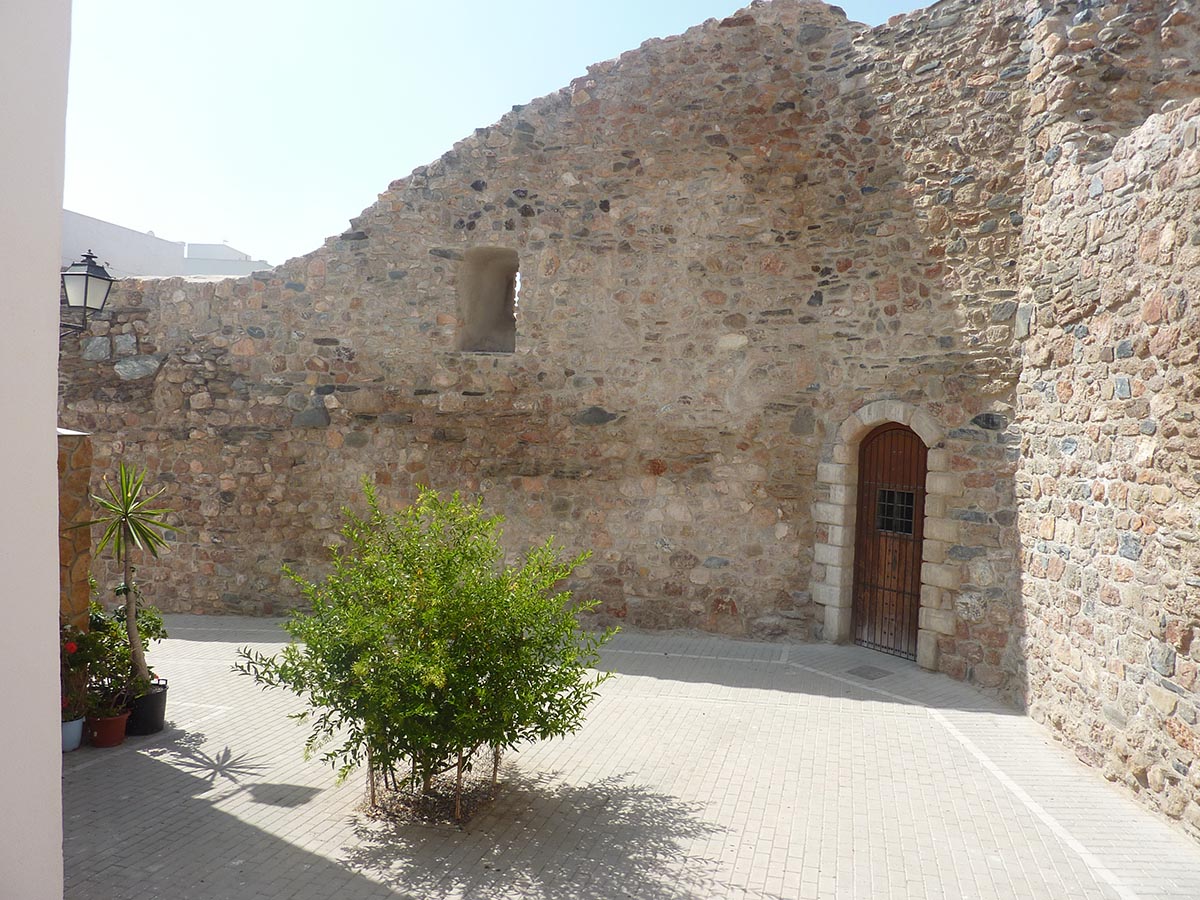

If you have decided to spend some days in Adra or if you are visiting us for professional reasons, you must be aware of its remarkable history and long tradition, one the most important ones in the south-east of Spain.
Its cultural past and its privileged position on the coast gives Adra a special idiosyncrasy, gathering different traditions, celebrations, folklore and gastronomy, of which we feel very proud and eager to share with you.
Therefore, we propose that you visit the exhibition in the Museum of Adra that, with a permanent basis, aims to recreate the daily life of Adra during the Roman period.
Many of the objects presented here were rescued from the archaeological site of the “Cerro de Montecristo”, a natural elevation above sea level where the population of Abdera settled (today Adra) .
Lots of excavations have been made in the “Cerro de Montecristo” . The first one took place in 1970,where Punic Houses (4th century B.C) and remains of the Roman Republican period, High-imperial and Low-imperial, were found. In 1986, a new excavation documented the Phoenician occupation. Nowadays, the city is working for the valuation of the archaeological site.
Itinerary through the historical heritage of Abdera:
The visit begins in the Museum of Adra. The ground floor holds a collection of Almeriense painting of the 19th century and the graphic work of avant-garde artists, as well as temporary exhibitions. The first floor shows an exhibition of “The history of lagoons of Adra” and the second floor houses a permanent exhibition of Roman archaeological pieces from the “Cerro de Montecristo”, a settlement of the ancient Abdera.
Just outside the Museum of Adra, it is located the “Plaza San Sebastian”, from where the urban development and the houses of the family Gnecco can be appreciated, good examples of stately architecture of the 18th century in the region. Close to the museum it is “LaLa Ermita de San Sebastian (17th-18th centuries), with an interesting facade full of history.
Located just a few metres from there it is the “Molino del Lugar” (Local Mill). Built around 1814, it is the headquarters of the ethnographic section of the Museum of Adra. We can see sinks for washing grain, buckets and the milling room.
In this short tour we can see a niche dedicated to the Sacred Souls, which is a manifestation of the sacralisation of public space, as well as the called “Casa del Marqués”, an old house of the Earl of Chacón. The tour continues through Estrella street to the “Plaza Vieja” and the primitive town of Adra in the 16th and 17th centuries. In the“Plaza Vieja”, the political and military centre of Adra during the modern age, we can see the monument honouring the local musician Ángel Órtiz de Villajos Cano, who introduced the Charleston in Spain.
In the area there are remains of the walls of the Villa: the “Torre de la Vela”, the “Torreón de Olvera” and an important wall patch which still preserves the parapet walk and loopholes.
During the civil war, as a consequence of the fall of Málaga in 1937 and the proximity of the front battle, the air attacks intensified, this is why bomb shelters were built in Adra, being one the most important the excavated under the “Plaza Ortiz Villajos”.
The Church of “La Immaculada Concepción” (16th-17thcenturies) is a magnificent example of the Granadina Baroque architecture and still retains features of its architecture as a church-fortress. Inside we find interesting examples of Malagueña and Granadina baroque imagery (Cristo de la Expiración, by Alonso de Mena y Escalante, 1623), apart from disposing a collection of goldsmithing.
From the viewpoint of the “Torre de los Perdigones”, we can observe the “Centro de Interpretación de la Pesca”,which in turn houses the Municipal Tourism Office.
The lagoons are a highlighted part of the natural heritage of Adra; they are classified and cataloged by the Department of Environment of the Regional Government of Andalusia as a Nature Reserve since 1989 for its environmental quality. They are located between the mouth of the River Adra and the Dalías Plains, with easy access from the N-340.
It constitutes a coastal wetland of great ecological importance (Ramsar area) and a special protection area for birds (ZEPA) whose origin is the isolation of coastal bays which were closed to the sea as a consequence of the sedimentary deposits, generating two principal lagoons: the “Albufera Honda” and the “Albufera Nueva”.
Its location in a semi-desert environment and surrounded by areas of intensive cultivation contrasts with the relevance and the natural values which this protected natural area presents.
The presence of permanent water, as well as the mild climate in winter has allowed this wetland to be considered the most important in the province of Almeria. We should highlight its relevance in the migratory routes established between the European and African continents. Depending on the season, we can find different species which use it as a stopping point to forage and reproduce.
We can identify about 140 different species, among which we can find the diver duck, globally threatened, which uses the lagoons for hibernation and reproduction. We can also find the nightingale, the great crested grebe and the Fartet, an endemic endangered fish.